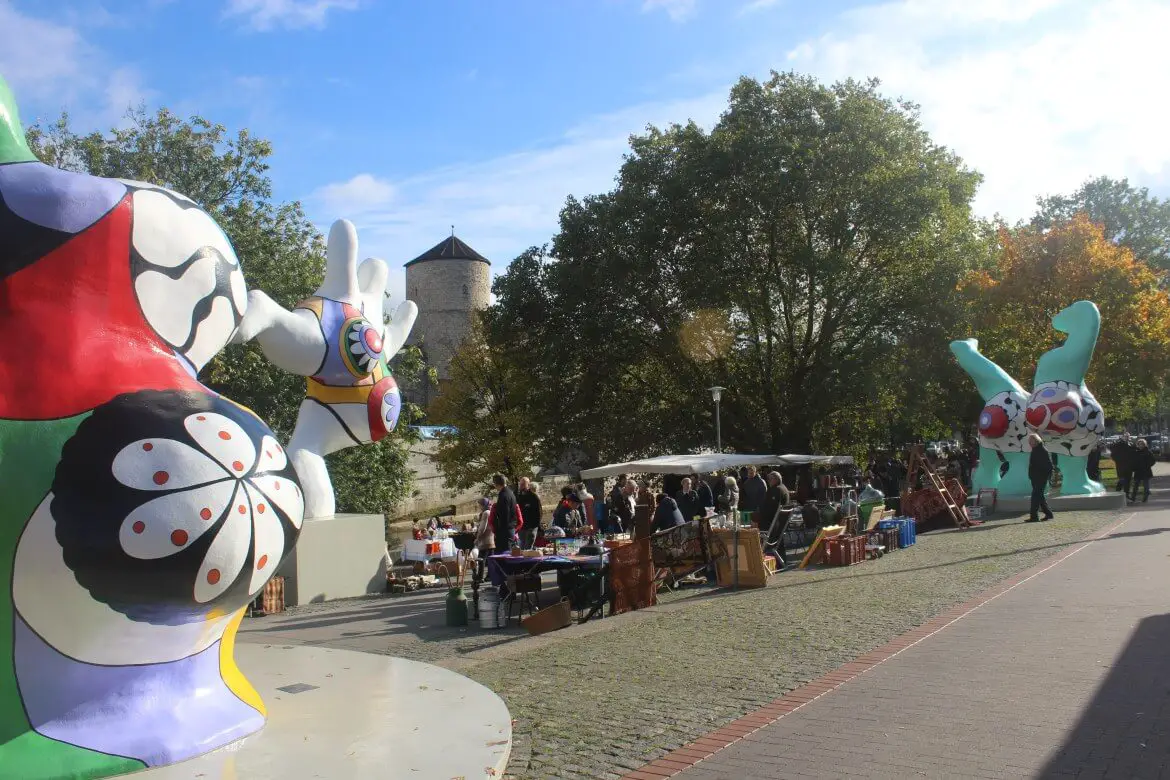
For unknown reasons, to visit Hanover is not at the top of the list of most travelers, maybe not even at the bottom. Although this is not what authorities desire, this is a good thing for those that dare to venture here. The city is not crowded, it did not lose its authenticity and you have not seen the sights one thousand times already on Instagram and Facebook. Today, Hanover, the capital of Lower Saxony, is the greenest city in Germany, a cool and modern city that has a little from every part of the world. It is a mix of people and architecture. If you decide to give it a chance and visit Hannover it will prove to be a great destination for a city break, just as it turned out to be for me.
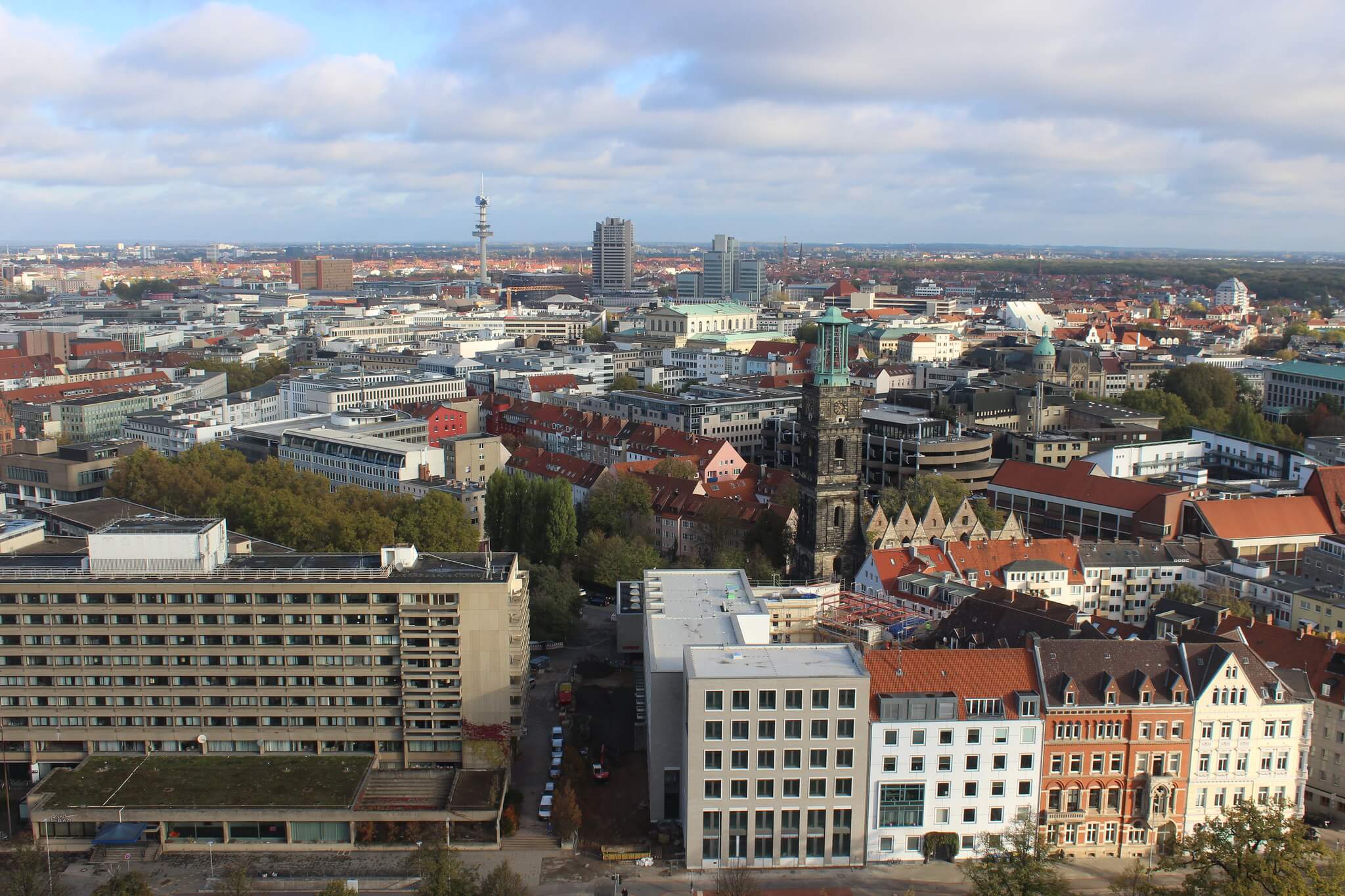
I recommend you start your visit with
a short tour
of the city center for an overview. The next day, you can visit the Herrenhauser Gardens and decide for yourself which places you loved the most and which are the ones where you would like to spend more time.
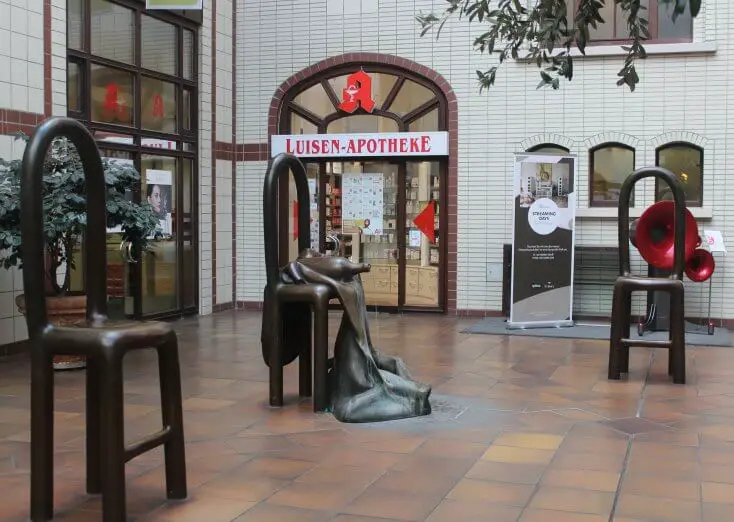
The tourist information center also sells a booklet, The Red Thread, which boasts to be a floor line for a self-guided tour around the center, in order for you to visit Hanover at your own pace. Normally, I jumped full of joy at this idea and I bought it. Unfortunately, I can not fully recommend it with a clear conscience. The idea is good, but the line is not maintained, it is missing at several places and in at least two places you could see traces of an older line and the new one that made a shortcut, forgetting to guide you to some of the points of interest. Following the line to visit Hanover became frustrating several times. Also, there are a little too many museums in the booklet and although the city has several interesting museums, this is supposed to be a visual overview of the streets and buildings in my opinion.
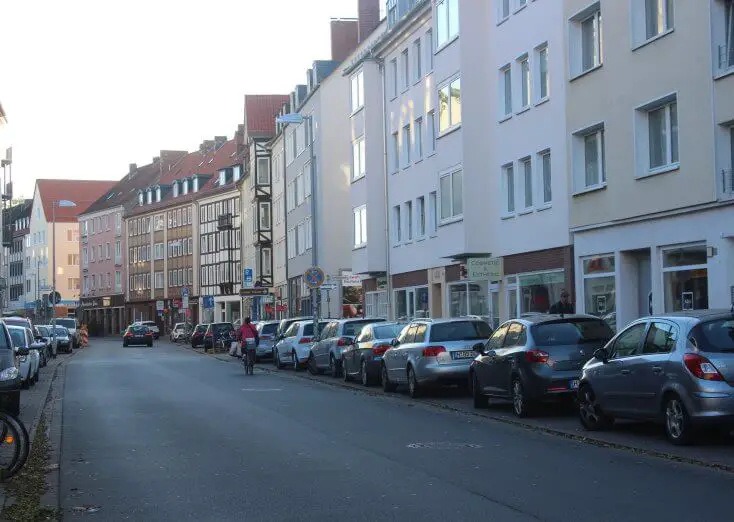
The museums should have a different chapter. If you are interested in museums, you should buy the Hannover card, which will bring you free transport and lower entrance fees. Also, note that most museums have free entrance on Fridays.
We got a nice room at the 10th floor of a new building with a great view through Airbnb. If you want to do the same and is the first time you user Airbnb, get 40$ discount by using my link.
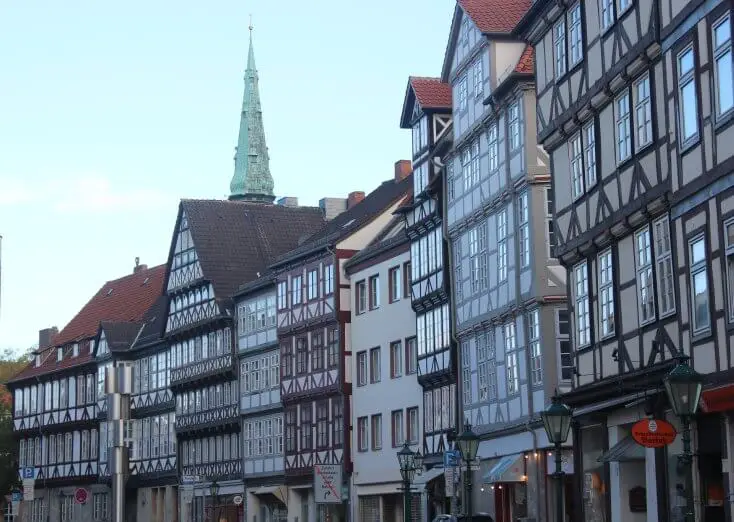
Hannover has a long and interesting history.
It was mentioned for the first time in the 11th century and was granted a town charter 200 years later. From 1636 onwards, it was the seat of the Brunswick-Luneburg Electorate, later known as the Kingdom of Hannover. It gave three kings to the United Kingdom and the Queen Grandmother of Europe, Queen Victoria. What was until 1943 a magnificent town was bombed and turned into ruins in the WWII. More than 90% of the city center was destroyed. However, the old city center still retains its medieval charm and character, giving the people that visit Hanover an alternative perspective of the city.
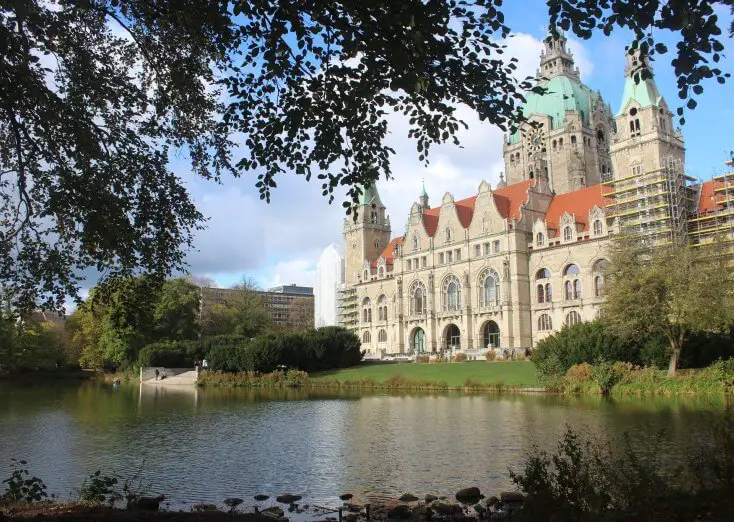
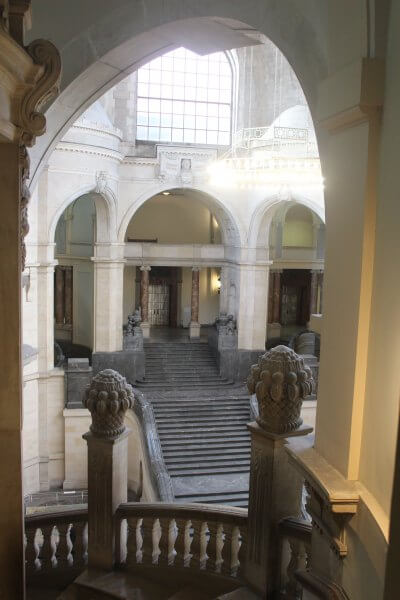
The New Town Hall
, built in the 20th century, looks like a fairytale castle and is one of the iconic landscapes of Hannover. The impression is emphasized by its dome, towers and the location in front of the Maschteich pond. When you go in, the great hall and the imposing stairs almost induce the feeling that a prince and princess will be coming down soon. The New Town Hall is a very good place to start, as there is also a tourist information center and in its main hall you can check four historical models of Hannover from 1689, 1939, 1945 and present. These show the ups and downs of the city, its greatness before the second world war and how much it was destroyed by it.
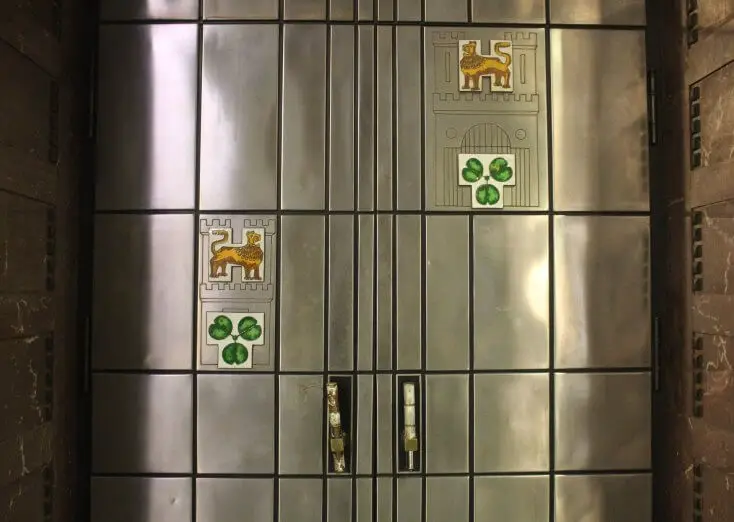
There is one more reason to make this a mandatory stop, the only lift with a curve in Europe that will take you to an observation platform at 100m high. From there you get a wonderful view of Hannover, Maschsee and the area, as far as the Harz Mountains on a clear day. The lift costs 3.5 euro, but watching how the lift goes up and down at 17 degrees through the glass floor and hearing the crunching noise it makes is an unique experience. It gets a huge number of visitors, taking into consideration that few visit Hannover, so you might want to get here early. Only 5 people are allowed in the lift at a given time. I was there at around 10 o’clock on a Saturday and did not have to wait at all. But when I got back down, there was already a queue.
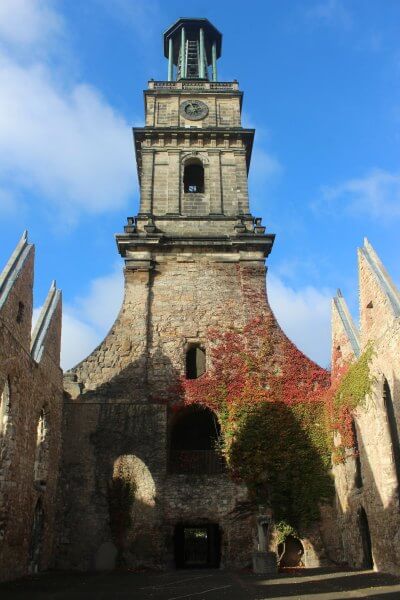
Next stop is
Aegidinkirche
, or the shell that remained after the bombing in the second world war. Entering the churchyard is a moving experience, especially after seeing it on the 4 models in the New Town Hall. The church dates back to 1163 and was for a long time one of the most important places of worship of the city. The reform in Hannover had also begun here. Its ceiling was blown up in 1943 and the Hanoverians decided not to restore the church, but to keep the ruins as they were, a remembrance of the fact that war and violence have no place in this world. Even if people forget this easily. You can still observe the gothic style of the walls from the 14th century and the baroque façade of the tower from the 18th century.
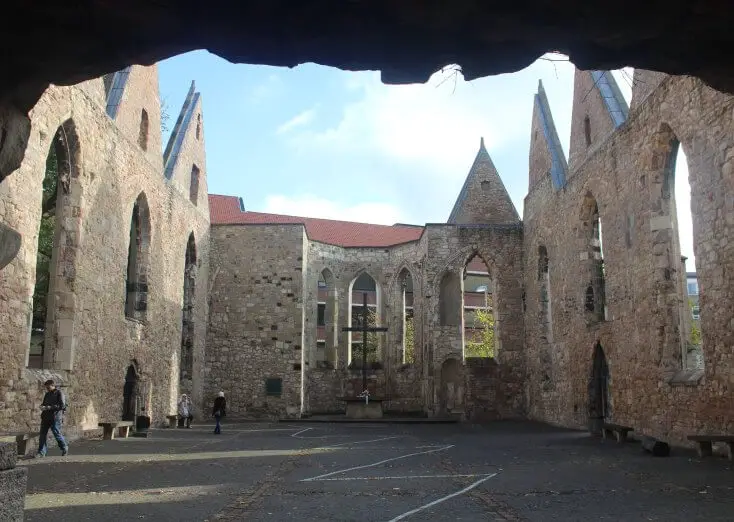
Inside the tower, you can notice the Hiroshima Peace Bell, presented to Hannover by its twin city, Hiroshima. The bells toll four times a day, at 9:05, 12:05, 15:05 and 18:05. Each time it rings 5 minutes past the hour so that they are not drowned out by the other church bells in the city.

Afterwards, head to the splendid
Opera
along Georgstrasse, a large boulevard flanked by elegant buildings in the style of the 18th century that house banks, Hannover stock exchange, exclusive shops and the Variete Theater. Along it you will find a lot of places that serve a buffet brunch for affordable prices. Georgsplatz is nice to visit at night in order to enjoy the illuminated atmosphere, as the seven “Light-Art-Benches” were installed here.
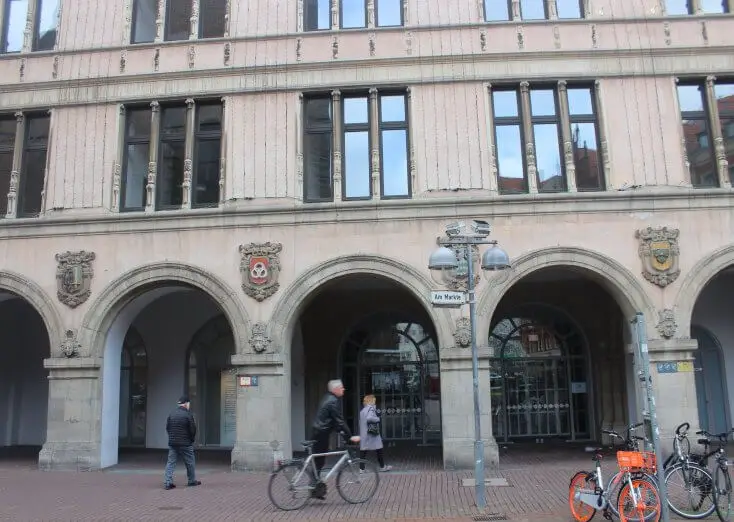
Close to the Opera House, you will find the
Ernst-August Square
and the main railway station. Here stands a monument dedicated to the King of Hanover from 1837 to 1851, Ernest Augustus, in full hussar uniform. Ignoring the existing misunderstandings between him and the people, you can read on its pedestal: Dem Landesvater / Sein treues Volk”, “To the father of the country, from his loyal people.” Today, if someone asks to meet you “beneath the tail”, then here is where you should be, one of the two unmistakable meeting points in Hanover. The proximity of this monument and the Opera is also kind of funny, as even if it was built during his reign, he was against it for years before agreeing to it.
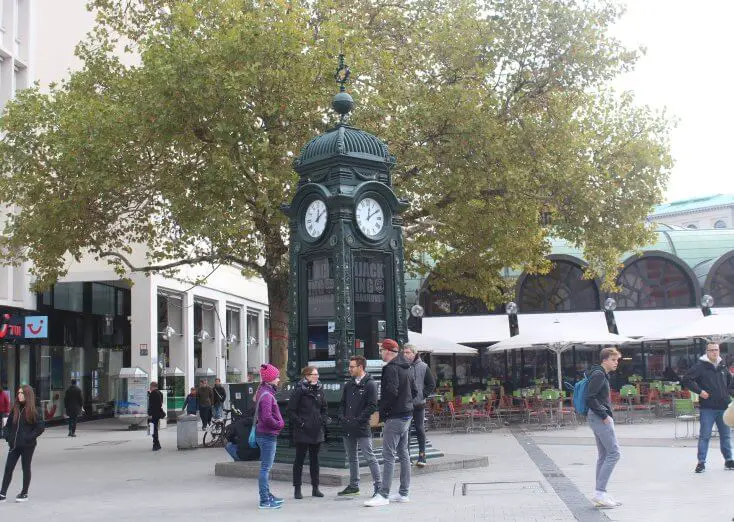
Not far from the monument, there is the other traditional meeting point,
the Kröpcke
clock. The name is shared by the square, the clock and the cafe behind it. This lies in the same place as the first cafe opened here in 1869 and bought a few years later by Wilhelm Kröpcke, a beloved and respected man, hence the name. Both the original cafe and clock were destroyed during the WW2. Here was the original old city center of the town, nowadays the social and commercial center of the city. Next, you should not miss a walk through the sunken Niki-de-Saint-Phalle-Promenade, named after an artist of which I will tell you more a little later. Here the price of the souvenirs s are more affordable and you will also find several cheap eating options. But, if I were you I would starve a little more, until the next stop.
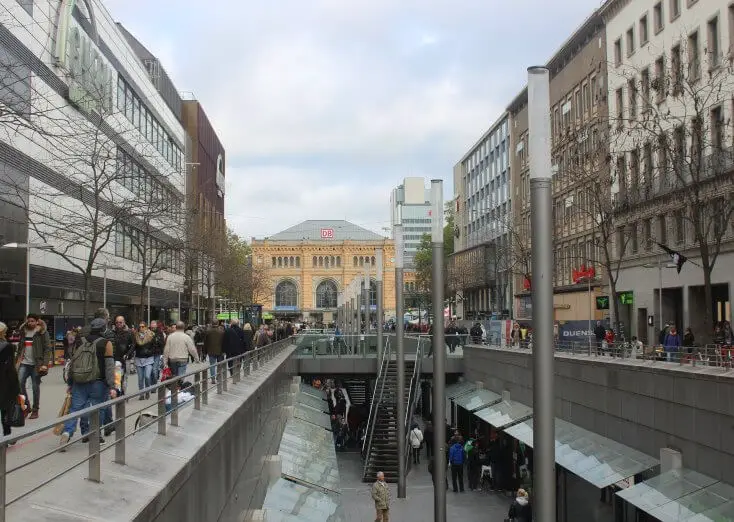
As I think you should be hungry by now, I recommend that you take a break and indulge in a world of colors, flavors, food and drinks for more than affordable prices, the
Market Hall
. The German and foreign stall holders (Italian, Japanese, Indian, Spanish, Chinese etc.) are visited by tourists and locals alike. I had a difficult time choosing what to eat. I finally chose Indian food and it was great. As an interesting fact, 75000 Hanoverians even signed a petition to demand the rebuilding of their Market Hall, as the original one was also lost forever during the war.
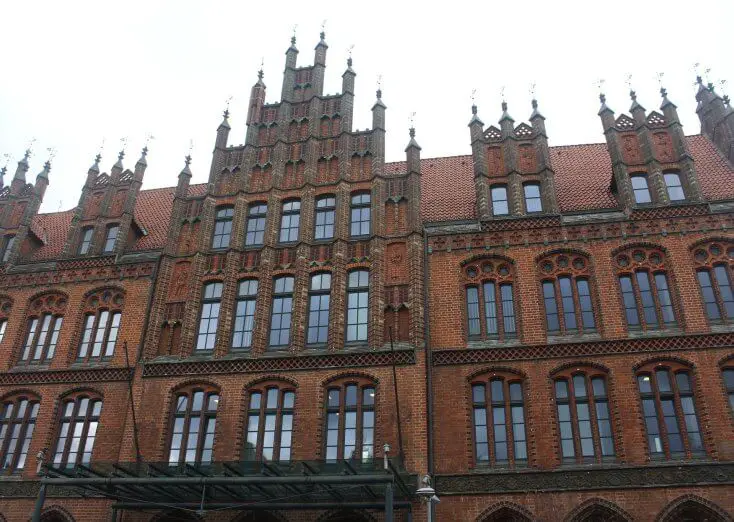
Now, with a full belly, you should be able to enjoy the second part of the tour. Across the street, you will find
the old town hall
, impressing with its pinnacled stepped gables and orioles. This was also rescued by the citizens, as initially the plan was to have it demolished and not renovated. It is now home to the Registry Office, in case you see confetti in front of it and wonder why. As you walk around the town, you will see a cloverleaf on repeat. This is the coat of arms of Hanover, but I could not find out much about its meaning, only that it is related to Christianity and the Holy Trinity, thus 3 leaves and not 4, which for most of us means luck.
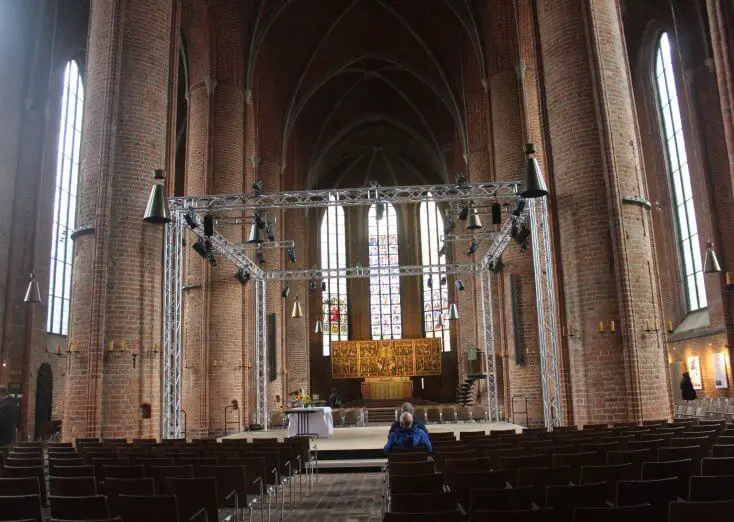
In front of you, you will see now
the Marktkirche
, which was the heart of the city back in the 14th century. First of all, I could not take my eyes off the tower. The story says that it should have been twice as high, but the money ran out because of the Black Death and a spire was simply added to what had already been build. The church was also affected by the bombing, but much of it could be saved. Both the Old Town Hall and the Marktkirche are examples of North German Brick Gothic.
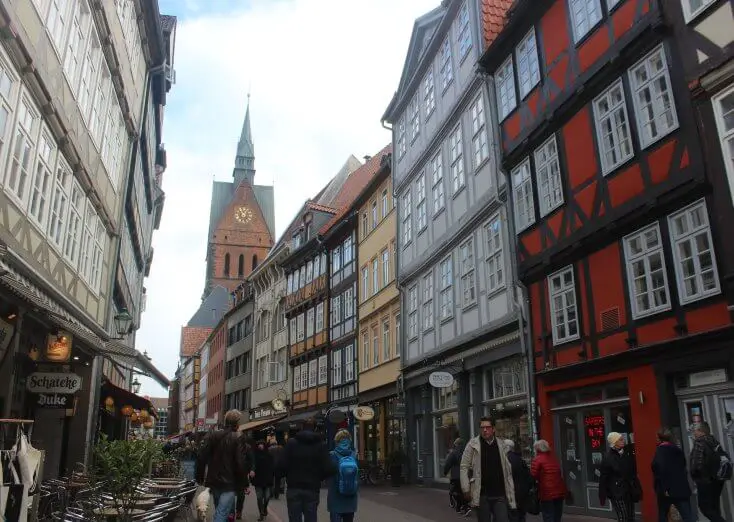
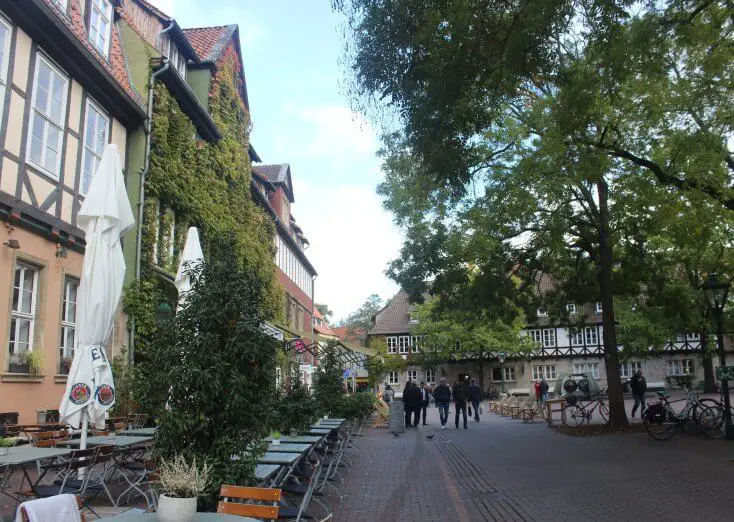
Overlooked by the Marktkirche lies the
Kramerstrasse
the place known as the old town of Hanover. The place is not that old, in fact, as it was massively bombed during World War II. What you can see is a reconstruction that incorporated some of the few facades that survived around the city. A totally different approach from the one in Warsaw. Continuing in the spirit of the good old days, just around the corner you will see more half-timbered house, cobbled alleys, cozy corners, charming cafes and ivy-covered buildings as you reach the oldest gymnasium of Hanover and probably one of the most picturesque squares in the city. A little farther along Burgstrasse, you will get to a colorful facade with artistic decorations which belongs to the oldest family house in Hanover.
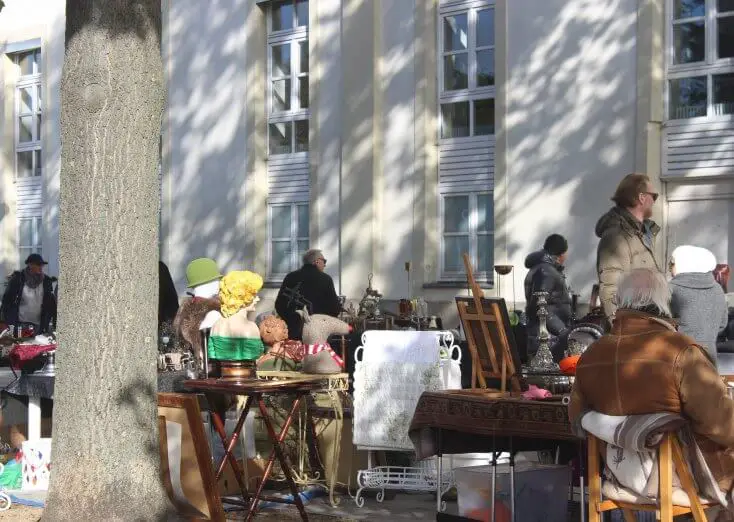
As you walk towards the river, you will pass by an arch, Marstalltor, a piece of British history, that bears the arms of King George I of Hanover, Great Britain and Ireland. Take your time as you walk along the river, as you will pass at the same time through
Germany’s oldest flea market
, established 50 years ago. Since then, every Saturday, rain or sunshine, you will find a great selection of oldies but goldies, from antiques, to CDs, books, hardware or old paintings. In the middle of the market, your eyes will stop on three colorful statues that will make you smile. These are,
Niki’s Nanas
, the franco-american artist whose name was adopted also by the commercial promenade next to the Kropcke. Although born in Nice, she lived in Hanover most of her life and left her mark on the city and was the first female to be made an honorary citizen of the city. The Hanoverians initially did not like the voluminous sculptures, but now they have become a funky symbol of the city. At the other end of the square, you will reach the Leine Palace, home to the State Parliament of Niedersachsen and its delightful bridge.
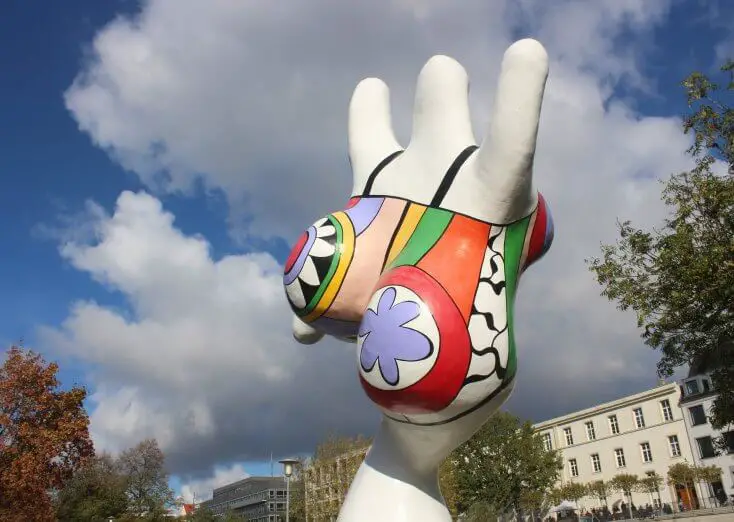
A bit further you will see
the Waterloo column
, that commemorated the victory of Prussians, British and Hannoverians against Napoleon on the 18th of June 1815.
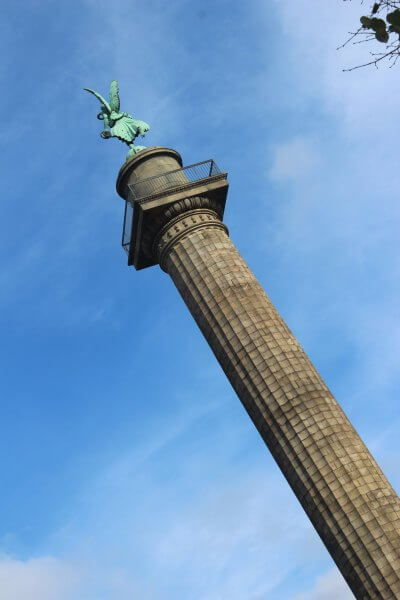
I would end the tour on the shore of
Maschsee
, a huge man-made lake that protects Hanover from floods. It is surrounded by green areas perfect for walking. Also known as the greenest city in Germany, Hannover has an interesting 10 minutes rule. According to this, any place in town has to be at a maximum of ten minutes walk from a park. There is even a real forest in the city where royalty used to hunt, Eilenriede.
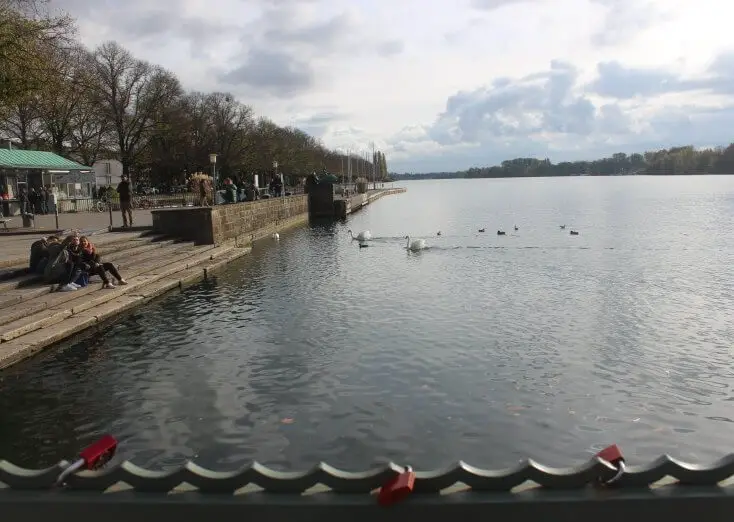
I advise you to spend the evening in the coolest and most desired neighborhood of Hanover,
Linden
. An area compared to what Berlin felt like 20 years ago, chich and sophisticated, perfect for young families, but also with funky accents. There are a lot of options to eat and have a nice time.
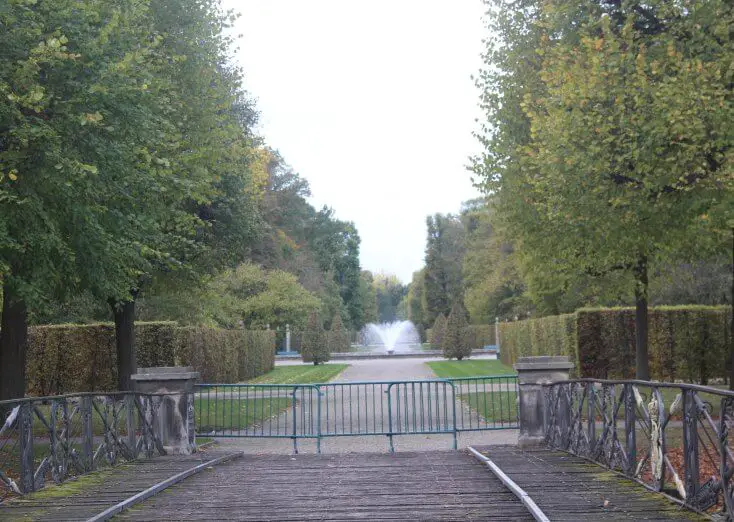
Herrenhäuser Gärten
are a little further away from the city center, but can be reached by tram after you visit Hanover. You should not miss them, especially if the weather is warm and sunny. The pride of Hannover, these are ones of the most important baroque gardens in Europe. In front of the eye-catching Great Garden lies a palace enriched by sculptures, fountains and an orangery. Berggarten started as a kitchen garden, but was then used by Electress Sophia to grow tobacco and exotic plants. Today, the park is one of the greatest botanical gardens in the world, with more than 20000 and 3000 species. It also owns the biggest collection of orchids in Europe. Silent Hercules will watch as you get lost in the maze of gardens and the beautiful and unique Grotto designed by the same Niki Saint de Phalle.
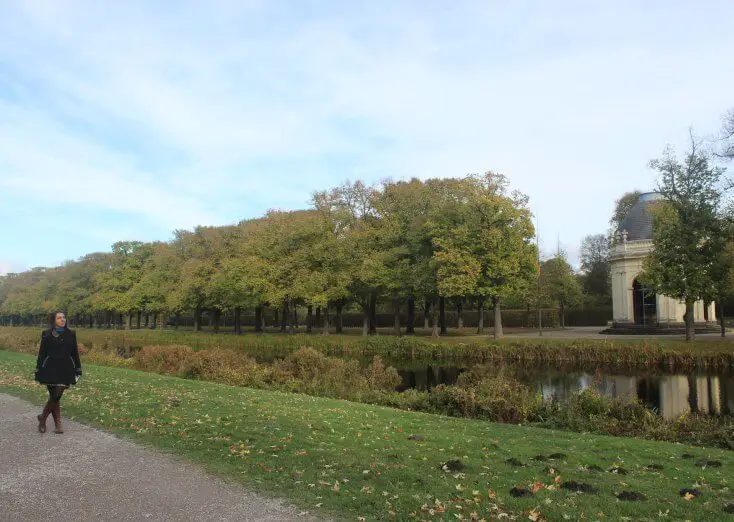
The rest of the day, you can either revisit the places you liked the most, taste some great Hanoverian beer, go shopping or visit the Marienburg castle, not very far from the city.
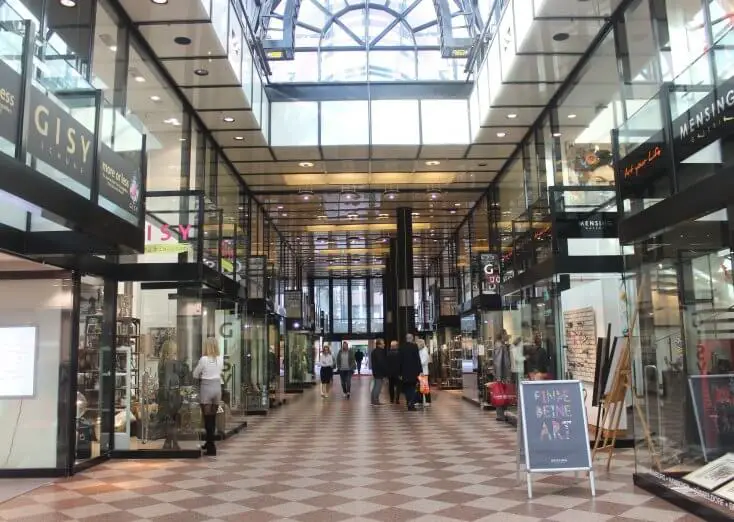
For the city supposed to be the most boring in Germany, there are a lot of things to do and see while you visit Hanover: beautiful buildings, cool neighborhoods, historic sites, art, good food, impressive parks. It has a great size for a city break and is perfect for one. Small enough to see the most interesting places in a short time, but big enough to make you wish you had just a little more time there. 48 hours were perfect for me to visit Hanover, get the pulse of the town and judge for myself that its bad reputation among tourists is totally undeserved. However, if you do get bored or have some more days, there are 8 more cities in Lower Saxony waiting for you to visit: Braunschweig, Celle, Göttingen, Goslar, Hameln, Hildesheim, Lüneburg and Wolfenbüttel. You can also check the Volkswagen factory in Wolfsburg.
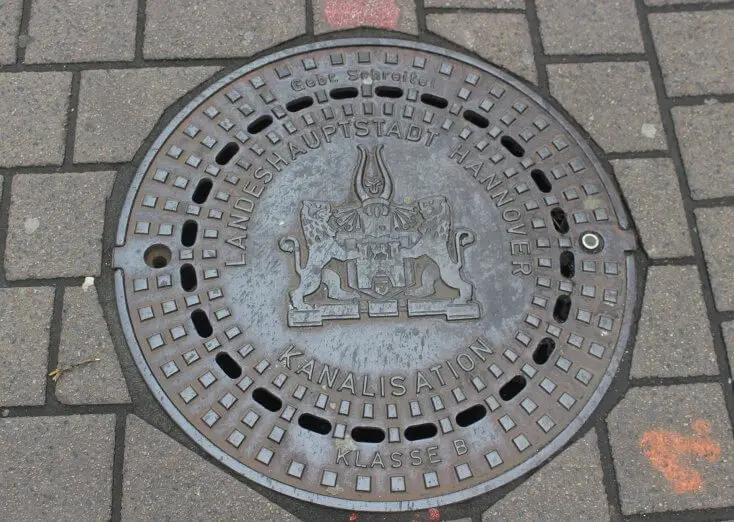
Did you visit Hanover? What do you think about it? Would you visit Hanover now?
Save the article for later!
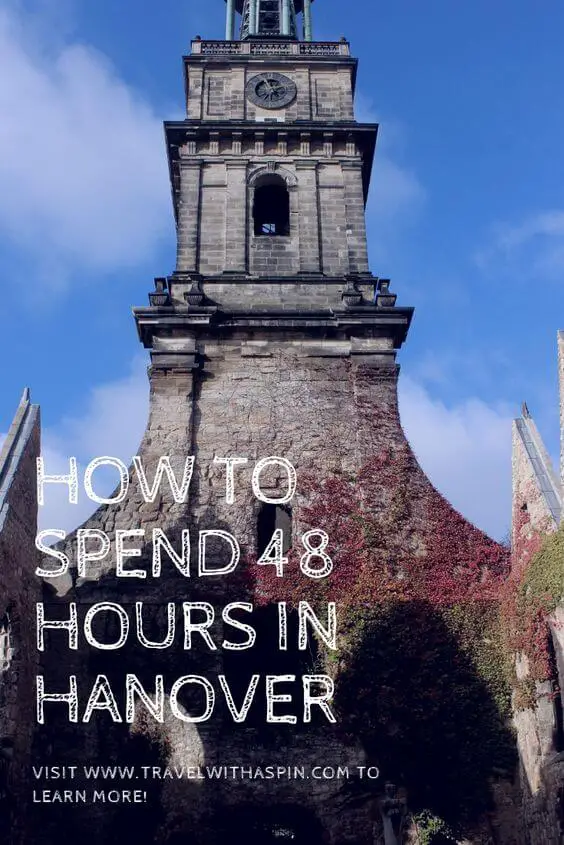
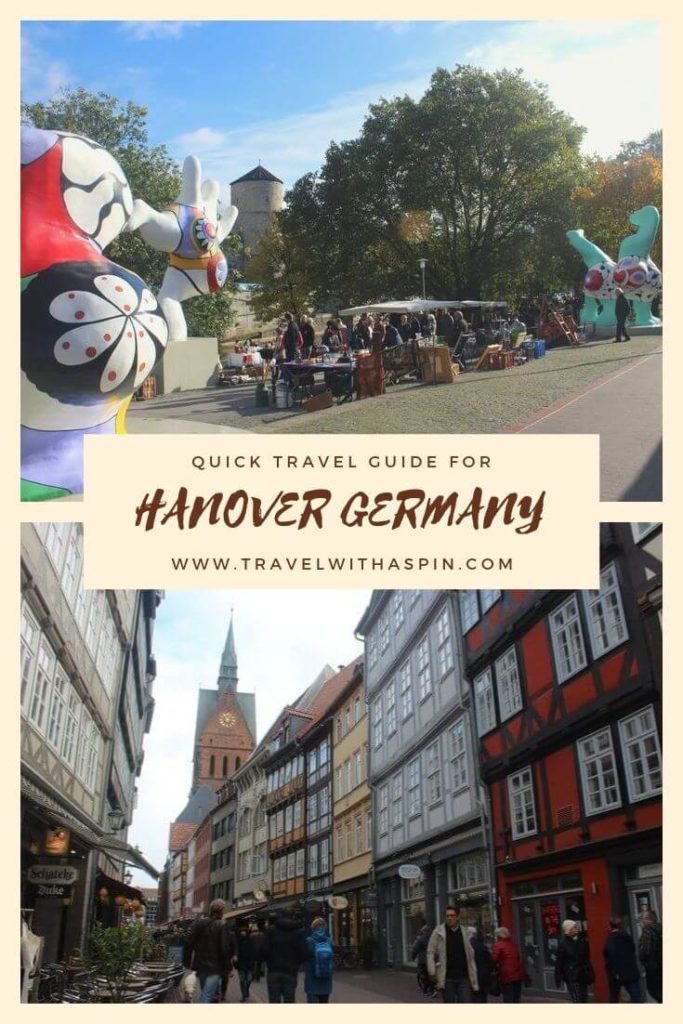
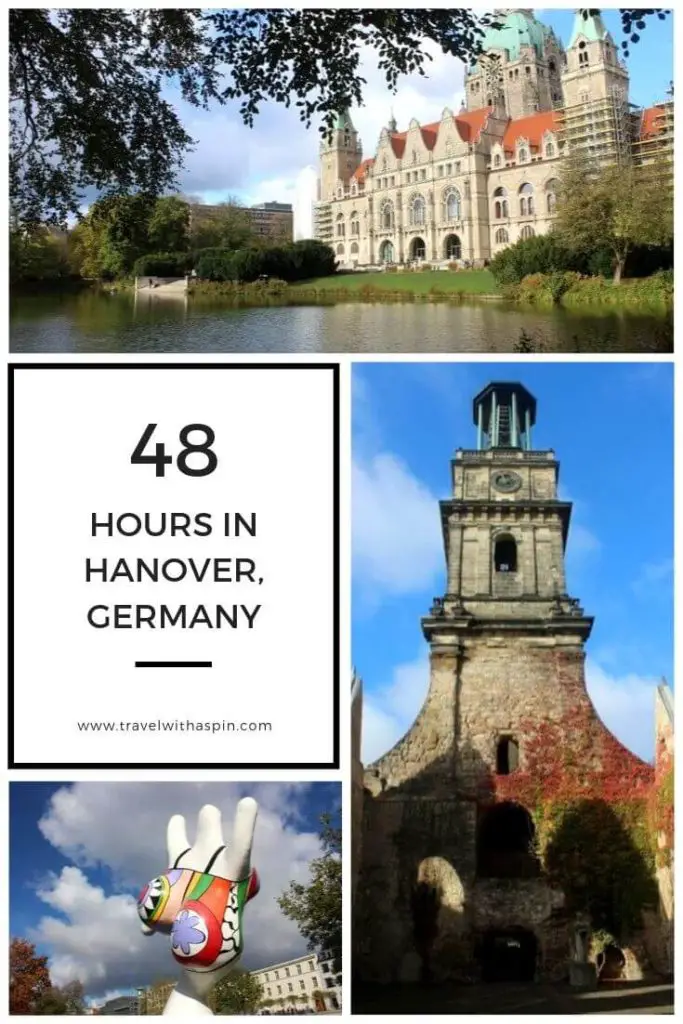
Travel With A Spin contains affiliate links. If you make a purchase through these links, I will earn a commission at no extra cost to you. Thanks for reading!

Thanks for your marvelous posting! I definitely
enjoyed reading it, you might be a great author. I will remember
to bookmark your blog and definitely will come back later on. I want to encourage you continue your great posts, have a nice
afternoon!